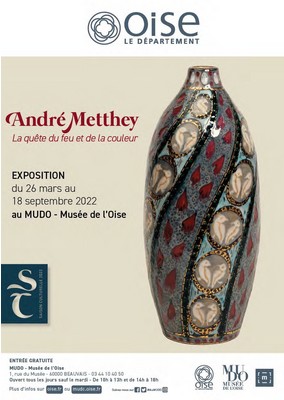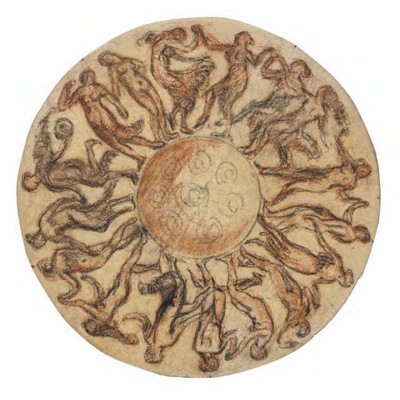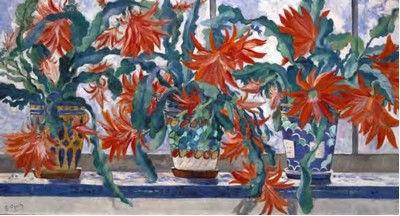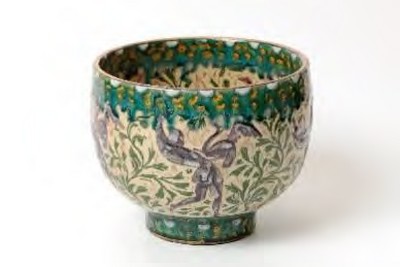CRUSH
An exhibition about desire and queer social exclusion
FELD+HAUS Projects, Berlin
11 March – 2 April 2022
Art works by Witalij Frese, Marianna Ignataki, Atis Jākobsons, Artor Jesus Inkerö, Laura Könönen, Alana Lake, Barbara Lüdde, Janne Räisänen, Anne Tompuri and Aki Turunen
Crush is an exhibition about desire and queer social exclusion while the multiple meanings of the word are explored. Crush is not only about feeling lustful and passionate, but also about feeling crushed, rejected and outcast – a narrative so often lived by LGBTQI+- identifying groups.
Interestingly, the pain of rejection is experienced in a very similar way to how we encounter physical pain, and research shows that pain receptors are activated in the brain when we face moments of rejection. These feelings of pain can also be reactivated whenever we recall emotionally-challenging experiences. It’s even argued by evolutionary psychologists that this function is partly related to our ancestry and tribal behaviours; they suggest that this pain serves as a survival warning – a person outcast from their tribe had a lesser chance of survival alone.
As we know, rejection also affects our self-esteem, and can lead to a range of overwhelming feelings like hurt, anger and disappointment as it destabilises our need to belong. It comes then as no surprise, that formerly derogatory terms like fag, dyke or queer have been reclaimed and are used to identify groups of individuals, creating a sense of belonging and community in a stance against intolerance and prejudice.
Queer, broadly speaking, has become a term that defines a different way of life or living from the norm. It celebrates diversity and moves to stand against conservative structures embedded within our society.
In this sense, Crush navigates some queer perspectives born from a place of fear and anxiety, and in the face of rejection and in adversity, continues to look towards a future of connectivity. It is an exhibition about desire – a desire to connect and to be accepted.
Crush reflects multiple journeys and speaks through more than one voice as the works in the exhibition examine freedom, identity, sex, sexuality, power and control as well as the complex array of emotions triggered by these structural narratives.
Crush is curated by British artist Alana Lake who currently lives and works in Berlin. Lake studied at the Royal Academy of Arts, London, and Crush is an extension of her ongoing research project Pleasure Drive which explores the relationship between art and psychoanalysis.
The exhibition is organised by the Finnish Institute in Germany, in collaboration with FELD+HAUS Projects and Frontviews.
FELD+HAUS Projects is a new platform for playful experimentation, a creative think tank without boundaries, a laboratory of art installations, ephemeral presentations, performances, film screenings, workshops and symposiums. Located on a small island in Moabit Berlin they invite artists, curators and visionaries to gain inspiration from this unique environment.
ARTISTS
Witalij Frese was born in Russia in 1992 and currently lives and works in Berlin. He graduated from the University of the Arts in 2019, having studied in the class of Valérie Favre. In 2015 he was awarded the Schulz-Stübner Foundation's Acknowledgement Prize for Painting, and in 2016 the Anna Oppermann Prize for Fine Arts. Frese works primarily with painting and ceramics and uses personal and biographical themes to explore the uncertainties of the inner self.
Marianna Ignataki was born in 1977 in Thessaloniki, Greece. She studied Architecture at the Technische Universität in Vienna, Austria and Visual Arts at the School of Fine Arts, Saint-Etienne, France. Between 2010–2017 she was based in Beijing, China and now lives and works in Berlin. Ignataki works in drawing, painting and sculpture, creating her own subliminal world and mythology – a place full of familiar entities seen somewhere in a dream or nightmare. Using irony and black humour, she explores themes of identity, gender and eroticism gesturing towards hidden instincts and subconscious desires, celebrating fantasy and perversion.
Atis Jākobsons currently lives and works between Riga and Berlin. Since graduating with a master's degree in Painting from the Art Academy of Latvia in 2010, his creative practice has been based on painting traditions. He has also experimented with other media such as charcoal drawings, sculpture, ceramics, installation and sound. His current practice is deeply related to the study of spiritual heritage and archetypes in contemporary Western cultures.
Artor Jesus Inkerö was born in 1989 in Helsinki. They were resident at the Rijksakademie in Amsterdam between 2019–2021, using moving image and photography to explore Western notions of masculinity that shape and define culture. Inkerö examines how language, gesture, and a tone of voice can deny or allow access to specific groups. In their practice, they subvert sporting activities such as bodybuilding and engage with behavioural therapies and vocal coaching to develop works through a performative process that helps to define the individual's role within society, questioning its politically-charged structures.
Laura Könönen is a Finnish artist born in 1980. She is a member of the Association of Finnish Sculptors and the Association of Art Stonework. She undertook her Masters in Fine Art between 2005–2012 at Finnish Academy of Fine Arts in Helsinki. In her practice she uses raw and natural materials, namely stone, to carve out objects that speak about destructive forces within our very existence. She asserts that the materiality of stone sets the illusion of stability in being, and in time and space. An extreme silence, hinting at nothingness… A harmonious disruption: a void to be gazed upon as we move towards death.
Alana Lake is an artist and curator currently living and working in Berlin. Born in 1981 in Tamworth, UK, she studied at the Arts University College at Bournemouth, graduating with a BA (Hons) in Photography in 2004. Later she studied Fine Art at the Royal Academy of Arts London from 2006–2009, completing her Teacher Training in between. She has also studied Psychoanalysis at the Centre for Freudian Analysis and Research in London, a subject that continues to inform her research and fine art practises in painting, sculpture and photography. Lake received funding from the Deutscher Künstlerbund in 2021 and was further awarded the Project Space & Initiatives Award by the Berlin Cultural Senate in 2018, the Dunoyer de Segonzac Award in 2009, the Michael Moser Award in 2008 and the Hines Photographic Scholarship between 2007–2008.
Barbara Lüdde was born in 1985 in Weimar. She completed her master's degree in illustration in 2018 at HAW, Hamburg, later completing the yearlong Goldrausch Künstlerinnenprojekt in Berlin in 2021. In 2020 she was Guest Lecturer at the Bauhaus University, Weimar and currently holds a Guest Lecturer position (Drawing) at HAW, Hamburg. Barbara Lüdde's work is strongly influenced by subcultures and marginalised groups represented by detailed monochromatic drawings that search for moments of individuality. Lone figures fill the frame and display a diverse range of cultural signs hinting at identity, gender and belonging. Lüdde's gaze hunts for the self that is perhaps lost amidst a capitalist world, vulnerably torn between conflicting ideological values.
Janne Räisänen was born in 1971 in Pudasjärvi, Finland. He studied at the Academy of Fine Arts, Helsinki between 1992–1998, completing a Masters of the Arts degree. In 1998 he was awarded the Finnish Art Society's Ducat Prize and was named Artist of the Year in 1999. In the same year he was nominated for the Carnegie Art Award, and in 2004 for the Rolex Mentor and Protégé Arts Initiative. In 2008 he was awarded the William Thuring Foundation's main prize. Janne Räisänen is a painter that works between canvas and paper, often gesturing directly onto unprimed cloth. The raw energy captured by his technique animates his subjects, which exist somewhere between the real and the imaginary. They could be thought of as unconscious, primal screams revealing dreams and stories sympathetic to human nature.
Anne Tompuri was born in 1958 in Lappeenranta, Finland. She studied between 1982–1987 at The Academy of Fine Arts in Helsinki. In 1988 she was given the Ducat Award from the Finnish Art Association, and the Confession Award from the Arts Council of Kyme in the same year. Anne Tompuri is known for her distinctive black and white canvases in gouache and pigment, described as 'her window', juxtaposing oppositional elements: black and white, light and dark, the material and the spiritual realms. Anne Tompuri seeks to communicate feeling and depth in her work, often referring to life forces and ideals of hope accentuated through her dark and light canvas abstractions.
Aki Turunen was born in 1983 and currently lives and works in Helsinki. He graduated with a MFA from the Academy of Fine Arts, Helsinki in 2011. Aki Turunen also studied painting at the Royal Academy of Fine Arts in Copenhagen. His paintings are a combination of intuitive, subconscious imagery combined with a knowledge of art history. His interest in tradition, ritual and past ideologies are strongly reflected in his choice of material and subject. He shapes traditional tools, generating his own softly-spoken language, ushering heartfelt connections around our shared human experiences.
FELD+HAUS Projects
Seestraße 131, 13353 Berlin
The Finnish Institute in Germany













